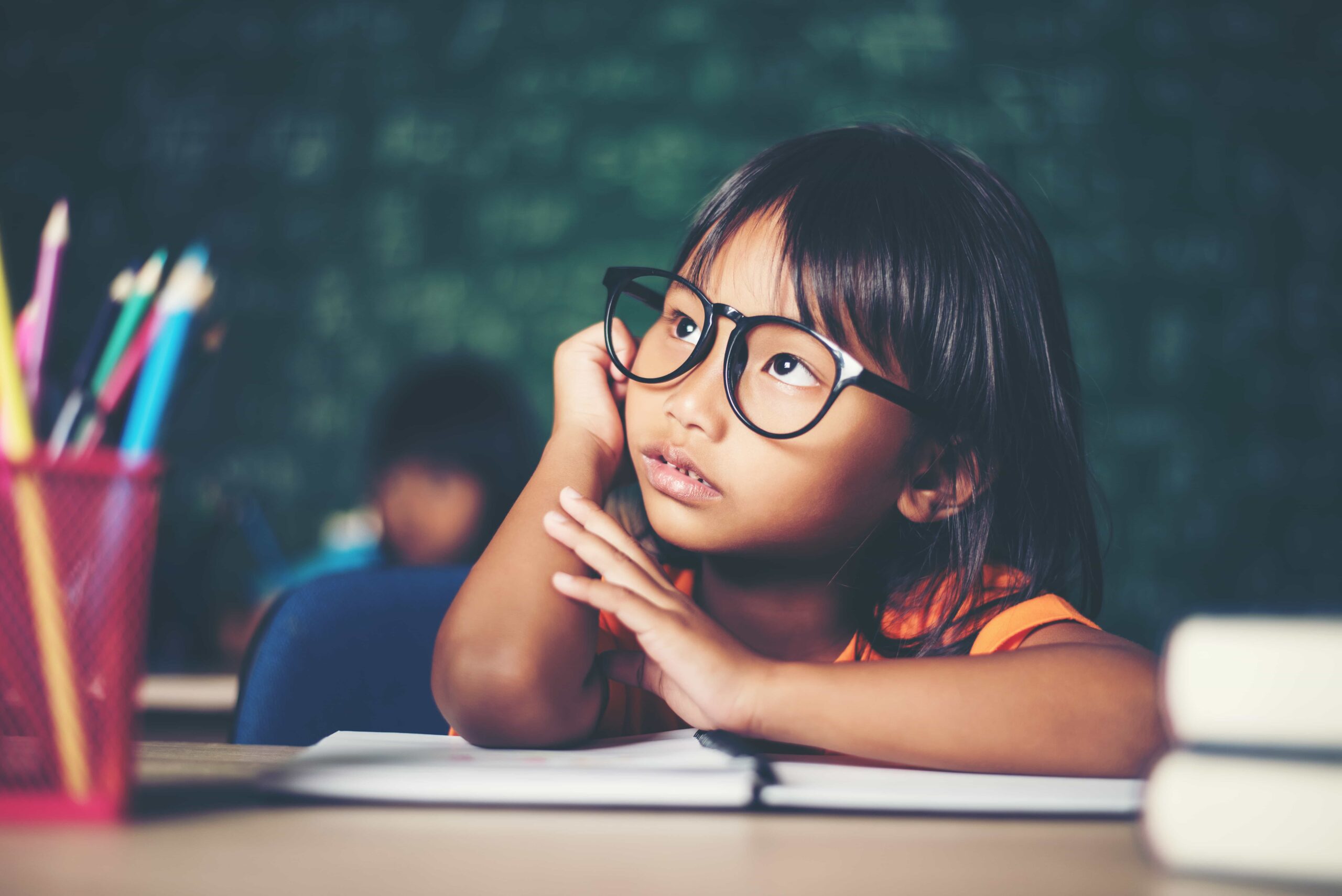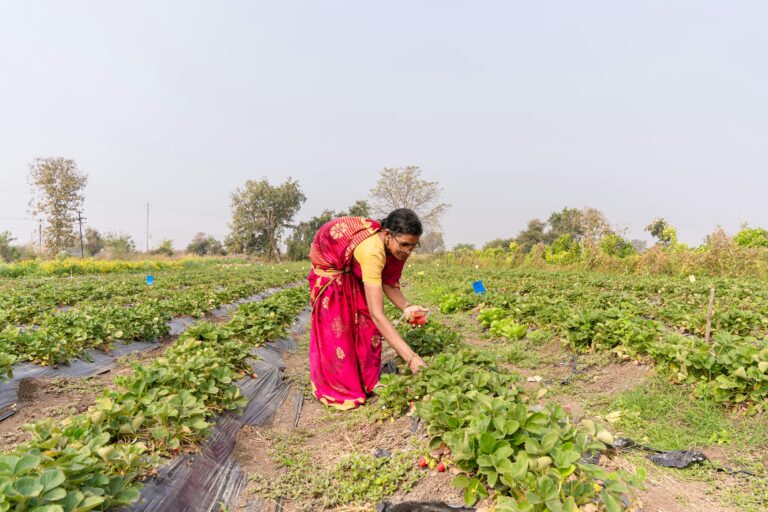Implications of the New Education Policy (NEP) 2020
India’s New Education Policy introduced in 2020 brought about a plethora of changes in the education system’s policy front. One of them being the integration and support of children with disabilities (CWD). According to the Convention of Rights of Persons with Disabilities(CRPD), Children with disabilities is a broad, blanketed term for “those who have long-term physical, mental, intellectual, or sensory impairments which in interaction with various barriers may hinder their full and effective participation in society on an equal basis”. In 2007, India ratified the UNCRPD, promising an equitable and inclusive education as a fundamental right of every child with disability. In line with SDG-4 and the UNCRPD, the New Education Policy endeavours to include those most marginalised in the education system by setting forth provisions that support the education of every child in all offered forms of schooling.
This is imperative for India as disabled children in India rarely reach secondary school. Only 9% of those enrolled complete their secondary education. 45% of disabled people are illiterate and 62.9% (ages 3-35) never attended regular schools. Children with cerebral palsy, autism, and girls with disabilities are the most marginalised of this community, requiring an inequity lens when creating accommodations for those with disabilities. With such deep divides and lack of engagement, India’s infrastructure still may not be ready to welcome those with special needs. Less than 40% of Indian schools have ramps, 17% of schools have accessible toilets, and only 59% of schools have access to electricity. This does not begin to include the lack of specialised teachers, training, and compensation. The NEP has a long road ahead if it is to be implemented appropriately and achieve its own learning outcomes (as outlined in PARAKH).
The current provisions the NEP 2020 are on the choice of school (homeschooling, special schools, and neighbourhood schools with support), additional special educators, infrastructure improvements to make schools more accessible, development of a national curricular framework that is inclusive of CWD, teacher training to identify and support children with disabilities, assessment/standardised testing tools that are appropriate for CWD, and support for homeschooling for children with severe disabilities. With resource constraints, ensuring proper auditing of home-schools, proper governance of special schools, and training of specialised teachers becomes difficult. This year, scholarship and funds for reservation, low-income, low-caste, special education have seen a huge decline. With budget cuts up to ₹1,000 crore and newly formed umbrella programs for government schemes (Pradhan Mantri Uchchatar Shiksha Protsahan (PM-USP)) receiving ₹500 crores less than previous years, students, let alone special needs students may have to look elsewhere for support.
The private sector can provide vital solutions as the NEP gears up in implementation. Incorporating CWD education in CSR budgets can open up multiple opportunities for programs. Currently there is a need for CWD and their attendants to be able to travel to special schools or neighbourhood school complexes. Funds, scholarships, or even other forms of support can help boost enrollment. Improving infrastructure, integrating new curricula for teachers, or providing skilling programs for these niche requirements are key. Many specialised teachers continue to lack on ground knowledge in addition to a theoretical understanding, which translate into poor identification of kids with disabilities in classrooms. Current gaps in India’s education system need to be addressed as integration of CWD policies continue, and both public and private sectors need to be closely aligned in their efforts to make India ready for an inclusive and equitable education for all.
References:
- https://data.unicef.org/topic/child-disability/overview/
- https://iafor.org/archives/journals/iafor-journal-of-social-sciences/10.22492.ijss.2.2.05.pdf
- http://mospi.nic.in/sites/default/files/publication_reports/Disabled_persons_in_India_2016.pdf
- https://www.mospi.gov.in/sites/default/files/publication_reports/Report_583_Final_0.pdf
- https://www.ukfiet.org/2020/examining-disability-inclusion-in-indias-new-national-education-policy/
- https://www.education.gov.in/sites/upload_files/mhrd/files/NEP_Final_English_0.pdf
- https://news.careers360.com/scholarship-research-fellowship-budget-cut-1500-crore-nep-2020-post-matric-nsp-ugc-phd-college-sc-st-obc-minority-pmrf-manf-jrf-ugc




